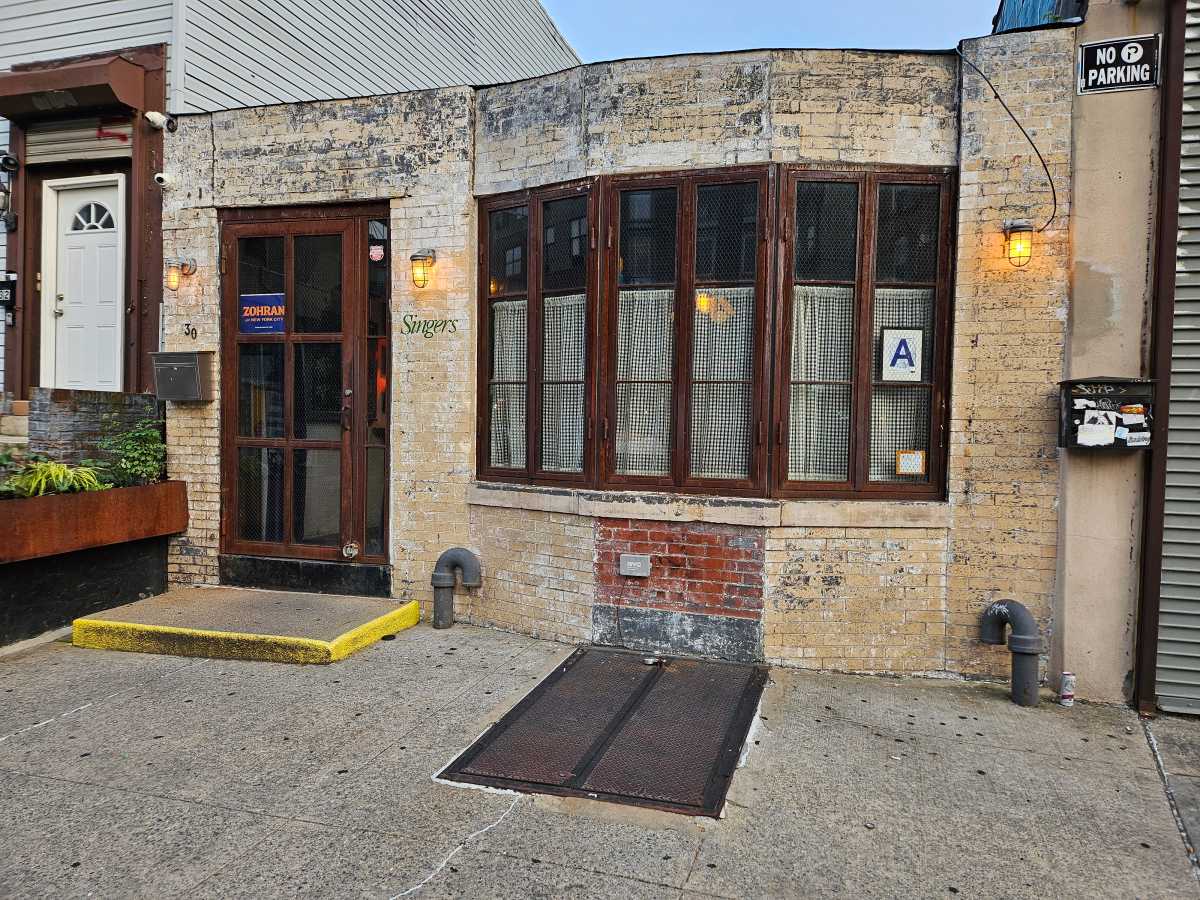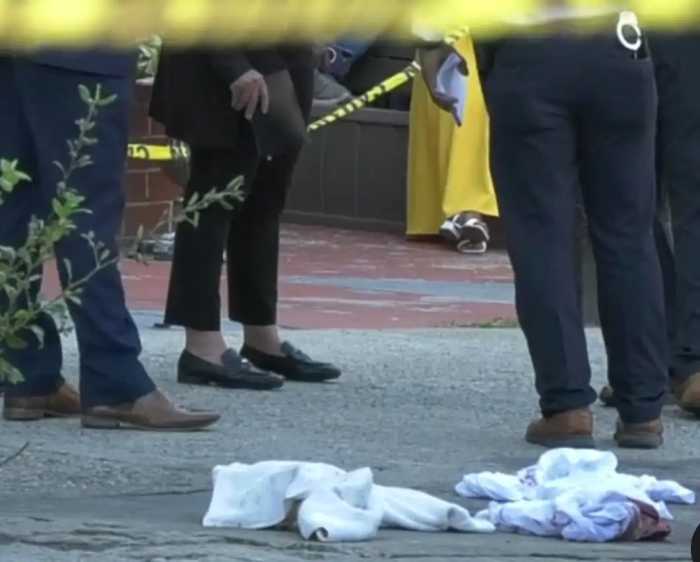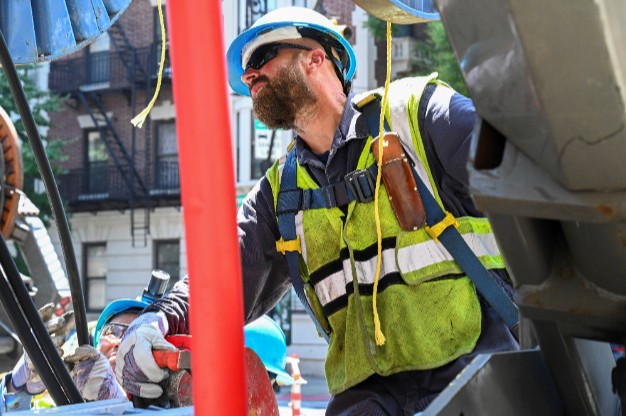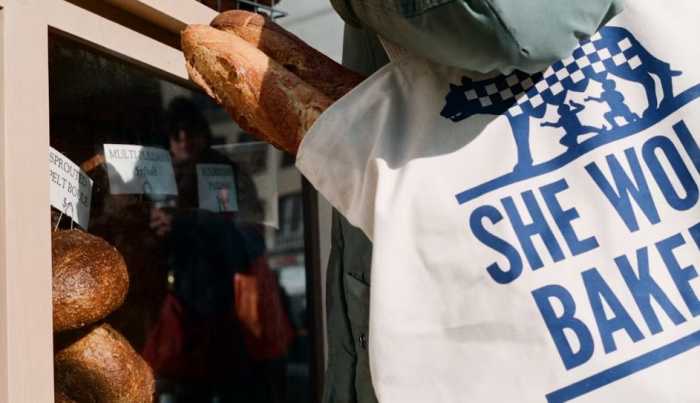
A mistake by a Long Island Rail Road crew likely caused Saturday night’s train derailment in New Hyde Park that injured 33, Sen. Chuck Schumer said Sunday as repair teams tried to fix a damaged track on its Main Line in time for the Monday morning commute.
A one-car maintenance train sideswiped the Huntington-bound passenger train just after 9 p.m., knocking its first three cars off the south track and injuring 26 passengers and seven LIRR employees, officials said. The MTA said the speed of the derailed train will be determined as part of the investigation.
Schumer said he was briefed about the derailment by officials with the Federal Railroad Administration, which is leading the investigation.
Five crew members on the work train were among the 33 injured. Four injuries are considered serious, including a passenger with numerous bone fractures and crew member on the work train with a cut to his head, officials said.
“It looks like it will be human error,” Schumer said. “Probably someone who left the switch in the wrong position and as a result caused a maintenance train to sideswipe a passenger train.”
Officials with the Metropolitan Transportation Authority would not speculate Sunday about why the work train partially encroached onto the south track and would wait until federal investigators reached their conclusion about the cause.
“Why it ended up where it did, violating the clearance of the other track — that’s what we need to investigate,” said MTA chairman Thomas Prendergast, who visited the crash site Saturday night and again Sunday morning. “The passenger train was where it was supposed to be.”
An MTA source said the work equipment did not have to be operated by a certified locomotive engineer — as passenger trains are — but, rather, can be operated by trained non-engineer LIRR employees. Union officials representing both trains’ crews did not respond to requests for comment.
Investigators and LIRR workers in orange vests and jackets Sunday swarmed the site of the Saturday night derailment, where the north-facing sides of the passenger train highlighted the devastation of the accident.
MTA officials said Sunday night they are “hopeful” partial service on the Main Line will be restored by Monday morning but commuters could see increased crowding and delays of 20 to 30 minutes.
Commuters are urged to take the Babylon, Hempstead, Port Washington and Montauk branches Monday morning as alternatives to the Ronkonkoma, Port Jefferson and Oyster Bay branches, which are served by the damaged rail line.
Crews were removing undamaged cars from the derailed passenger train Sunday and will “continue working around the clock to re-rail the damaged train cars,” the MTA said, while offering no assurances that the critical stretch of track would be back in service Monday morning.
“There is a strong possibility that we may be able to restore one of our two Main Line tracks for passenger trains tomorrow morning,” LIRR president Patrick Nowakowski said in a statement. “However, customers should consider other branches as alternatives.”
At the site of the derailment, crumpled and steel walls allowed rainy daylight into the passenger compartments, where witnesses described a horrifying scene of the cars violently shaking before coming to a sudden stop, tilting precariously toward a steep embankment.
Yellow paint streaked across the front corner of the second train car — evidence of the grinding contact made between the passenger train and the yellow work vehicle.
Brian Kilgannon, who was returning from a day hiking in Brooklyn, said the train had just left New Hyde Park when “all of a sudden, there was an impact.”
“People started screaming,” Kilgannon, 62, of Carle Place, said as he walked along Merillon Avenue shortly after being evacuated Saturday night. “On the north side of the tracks I saw flames shooting up . . . I noticed that the train ahead of us just crumpled to the side.”
“What it was doing in the path of a passenger train on the LIRR — it makes me scratch my head and wonder,” Kilgannon said.
The derailment marks the latest in a spate of major commuter railroad accidents in the Northeast, including a Sept. 29 NJ Transit crash in Hoboken that killed one person. It’s also at least the fourth time since 2008 that two LIRR trains have collided on the tracks.
Prendergast said Sunday that “issues of trains colliding with other railroads or other objects occur on railroads all the time” and that the MTA treats the incidents “very seriously.”
Gov. Andrew M. Cuomo, who toured the crash site with Nassau County Executive Edward Mangano Sunday morning, said when the findings of the investigation are returned, “anything the Long Island Rail Road can learn from the incident we will learn.”
Cuomo and Mangano also praised the efforts of first responders, who helped evacuate the train’s 600 passengers to safety in dark, rainy and dangerous conditions.
“When you look at the actual damage . . . The silver lining is we’re fortunate that more people weren’t seriously hurt,” Cuomo said. “That we didn’t lose any life is something to be thankful for.”


































